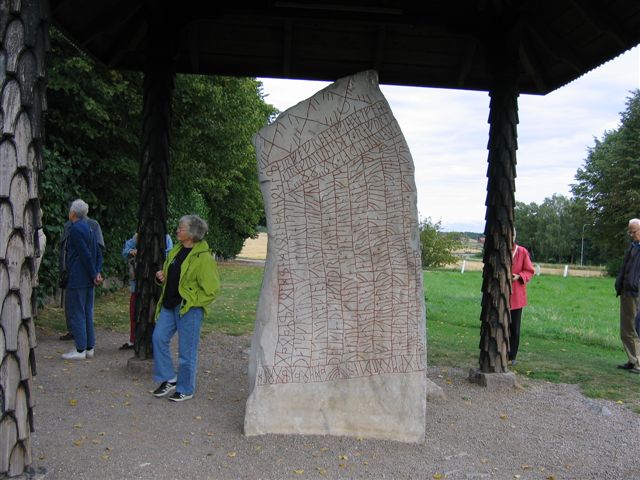Viking runestone may allude to extreme winter, study says
Viking runestone may allude to extreme winter, study says
Ninth-century Rök stone may deal with fear of cold climate crisis in Scandinavia
AFP in Stockholm
Wed 8 Jan 2020 14.23 ESTLast modified on Wed 8 Jan 2020 14.35 EST
One of the world’s most famous runestones is now believed to have been erected by Vikings fearing a repeat of a previous cold climate crisis in Scandinavia, a study has concluded.
The Rök stone, raised in the ninth century near Lake Vättern in south central Sweden, bears the longest runic inscription in the world, with more than 700 runes covering its five sides.
It is believed to have been erected as a memorial to a dead son, but the exact meaning of the text has remained elusive, as parts are missing and it contains different writing forms.
The stone refers to the heroic acts of “Theodoric”, which some scholars believe refers to Theodoric the Great, a sixth-century ruler of the Ostrogoths in what is now Italy.
More:
https://www.theguardian.com/world/2020/jan/08/viking-runestone-may-allude-to-extreme-winter-study-says

Rök stone

http://www.gedevasen.dk/roekstone.html

